Body Stain on Floor: Dealing with Unattended Death or Laying Around Dead Bodies Washington DC | SI Restoration
Unattended Death Clean Up
There are times when tenants and loved ones will die alone. As sad as this may be, what is more disturbing is the fact that no one may know about their untimely passing. In some cases, unsettling details can be discovered in a new house, such as an outline of half a dead body under the carpet drawn in black marker or a suspicious stain on the hardwood floor.
It will also leave property managers and homeowners legally responsible if someone gets ill or dies from an illness from contact with the fluids not cleaned up correctly.
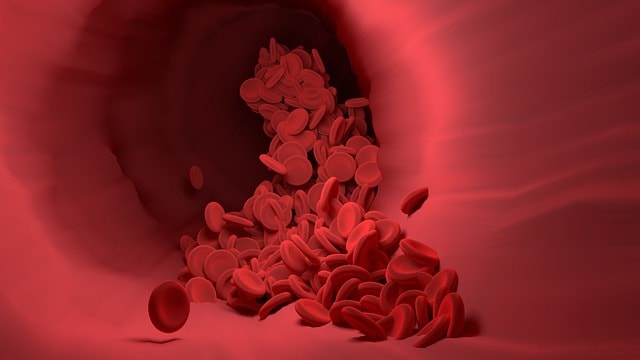
If the deceased passed away on a bed or sofa, we imagine this would lead to a greater issue in removing the sofa or bed correctly while it still has bio fluid in it.
A warning must be announced that walking into a home or apartment may be unnerving to see the condition of the room and the person. The odor can be unbearable without using the correct breathing apparatus. The odor can go deep into walls, furniture, and other home items, making it challenging to remove the odor.
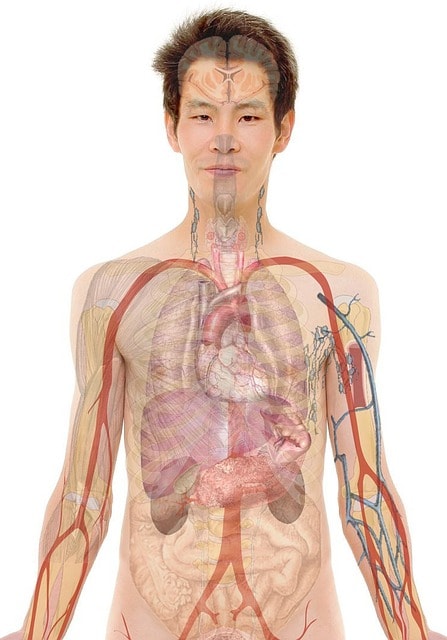
In Washington DC if the individual has been sitting long enough, the decomposed body parts and rotting fluids will attract all types of rodents, insects, and fleas. It is recommended that a full Tyvek suit should be worn to avoid contamination from the insects and fleas that may be swarming around.
The problem that most individuals who enter a situation like this is preparing for any diseases that the deceased body may have. Assuming that the person who has passed away had no diseases is a bad mistake. It’s recommended that anyone who handles these situations have OSHA bloodborne pathogen training.
SI Restoration unattended blood and body fluid cleanup services are available in the following Maryland areas
Westminster
Aberdeen
Hyattsville
Burtonsville
Bowie
Chevy Chase
Elkton
Gaithersburg
Rockville Germantown
Hampstead
Manchester
Mount Airy
Sykesville
Takoma Park
Upper Marlboro
Washington DC
Baltimore Maryland
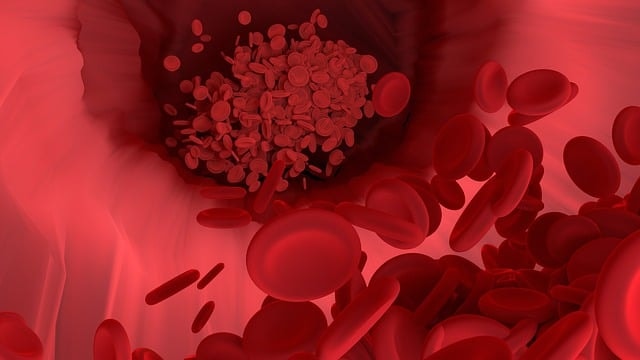
Understanding Body Stains
A body stain, also known as a decomposition stain, is a discoloration on a surface caused by the breakdown of human tissue. These stains can appear on various surfaces, including hardwood floors, carpets, and concrete, making them a common issue in cases of unattended deaths.
The formation of a body stain is influenced by several factors such as temperature, humidity, and the presence of bodily fluids. When a dead body begins to decompose, it releases enzymes, bacteria, and other substances that react with the surrounding environment, leading to the creation of a stain. This process can be accelerated in warm and humid conditions, causing the blood stain to set and penetrate the surface more deeply.
Body stains can be particularly challenging to remove, especially if they have had time to set. The longer the stain remains, the more it can seep into the material, making it difficult to clean with standard household products. This is why it is essential to approach the cleaning and removal of body stains with caution. Improper handling can pose health risks, as the stains may contain harmful microorganisms.
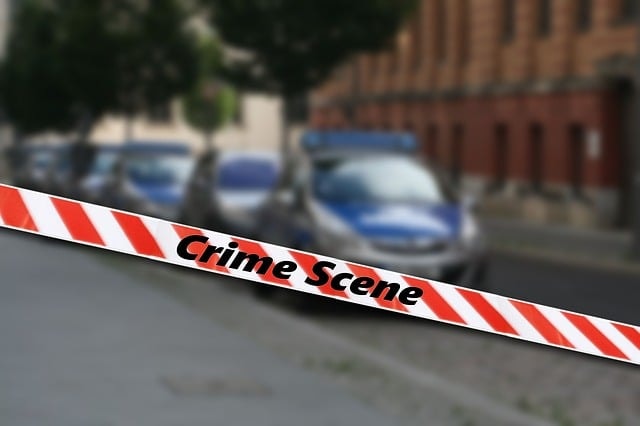
Challenges of Unattended Situations
Unattended situations can be challenging to address due to the potential health risks and emotional trauma involved. One of the primary concerns is the spread of fluids, which can contain blood-borne pathogens and other harmful microorganisms. These fluids can penetrate deep into surfaces, making thorough cleaning essential to prevent the spread of disease. Additionally, the decomposition process can create unpleasant odors that permeate walls, furniture, and other items, attracting pests such as insects and rodents. Addressing these issues promptly and properly is crucial to mitigate health risks and restore the affected area to a safe condition.
Identifying and Addressing Blood and Bodily Fluids Stains
Stains can be identified by their characteristic shape and color, often resembling the outline of a human body. These stains are typically accompanied by a strong odor and other signs of decomposition, such as the presence of insects. To address a body stain, it is essential to follow proper cleaning and disinfection protocols to prevent the spread of fluids and blood-borne pathogens. This process may involve using specialized cleaning solutions, such as hydrogen peroxide, to break down the stain and neutralize any harmful microorganisms. Additionally, steps must be taken to eliminate any unpleasant odors and ensure the site is properly sanitized.
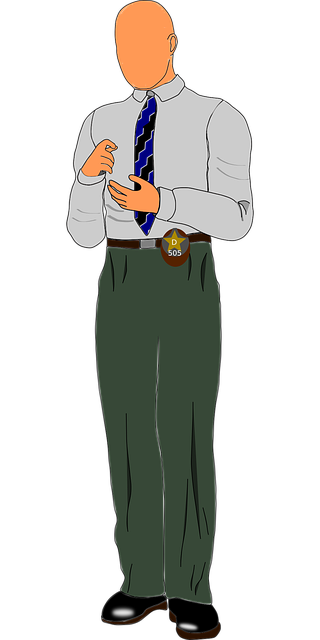
Restoration and Cleanup Process
The restoration and cleanup process for an unattended situation typically take weeks and involves several steps, including:
-
Assessment: A thorough assessment of the situation to determine the extent of the biohazard and the necessary cleanup protocols.
-
Containment: Containing the affected area to prevent the spread of fluids and blood-borne pathogens.
-
Cleaning: Using specialized cleaning solutions, such as hydrogen peroxide, to remove any visible stains or residue.
-
Disinfection: Disinfecting the affected area to eliminate any remaining microorganisms.
-
Restoration: Restoring the affected area to its original condition, which may involve replacing flooring or other materials.